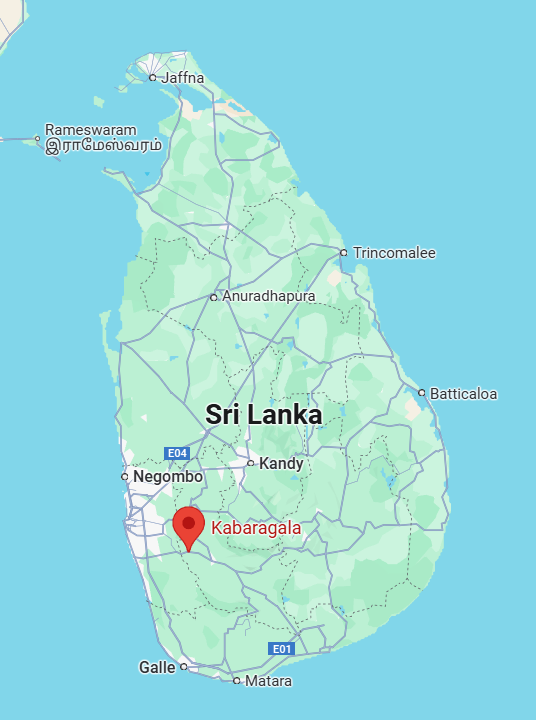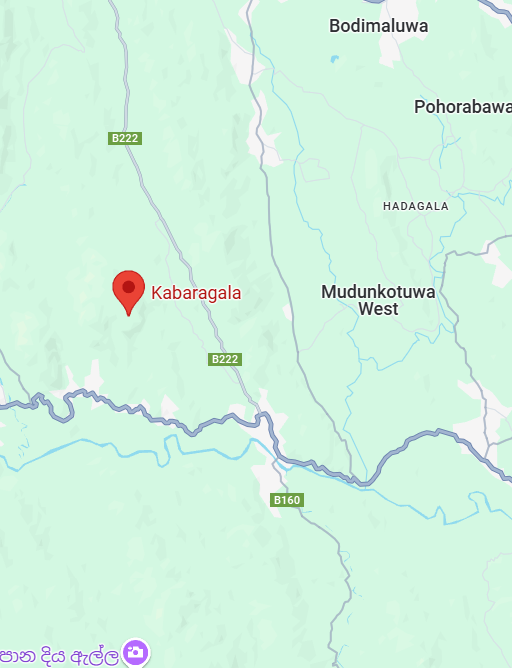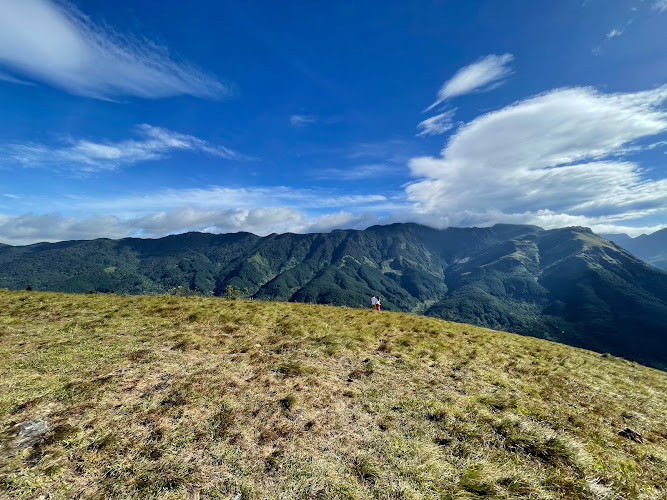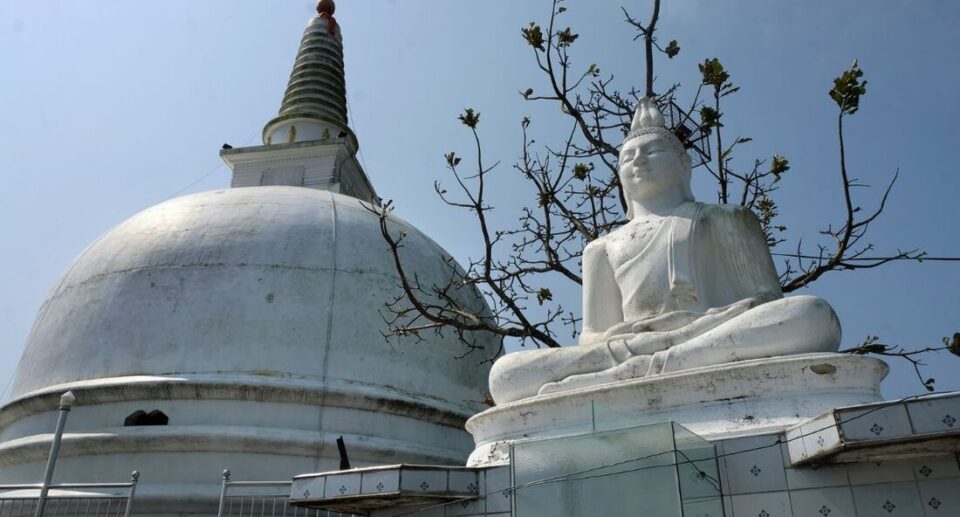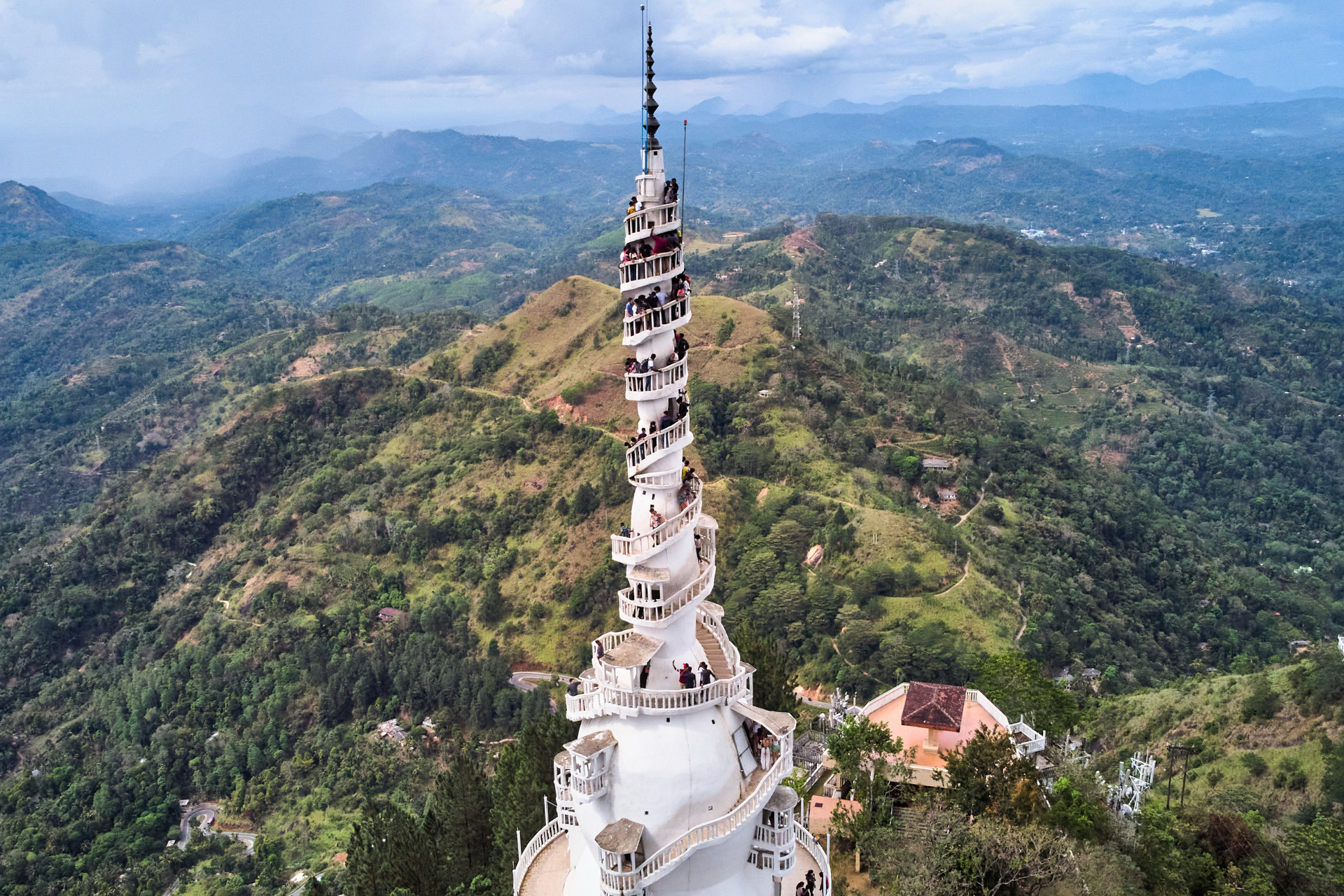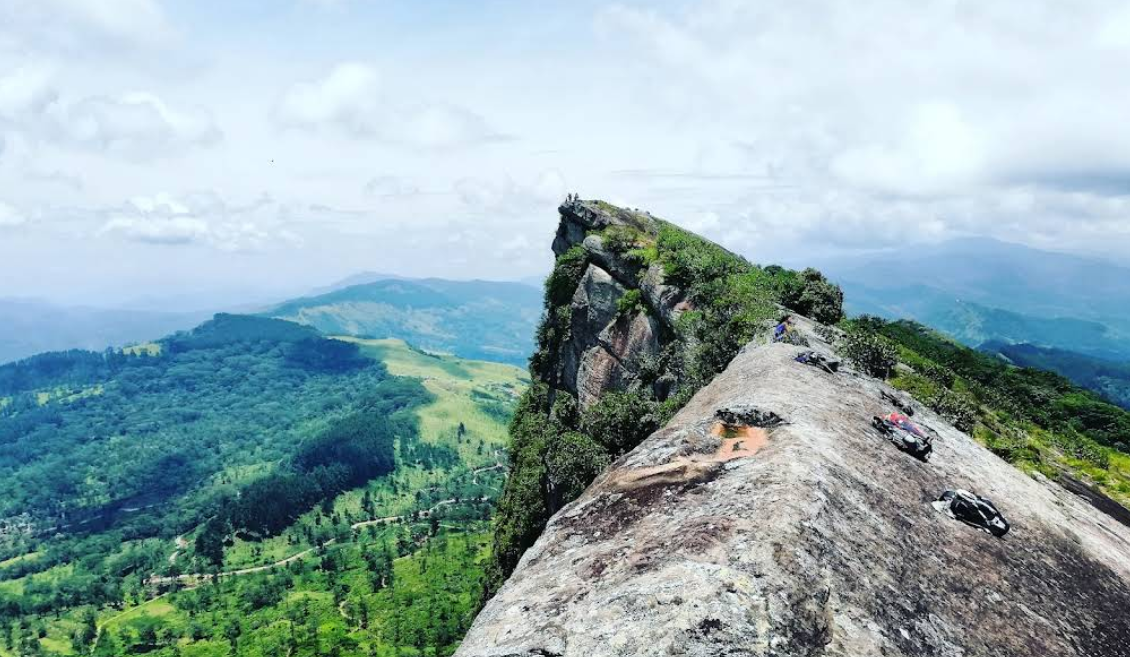Kabaragala Mountain: A Hidden Gem in Sri Lanka’s Central Highlands
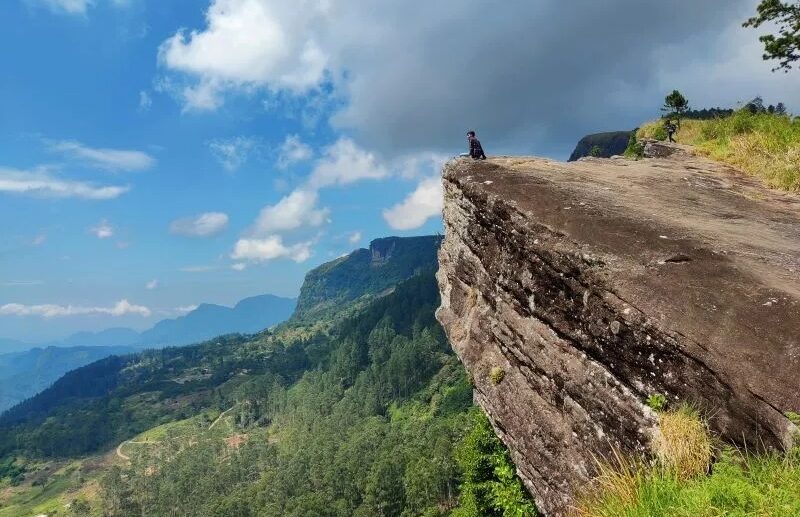
Sri Lanka, the Indian Ocean’s gorgeous island, is famous for its high mountains, pristine beaches, and rich biodiversity. One of its lesser-known yet spectacular attractions is Kabaragala, the highest mountain in the Dolosbage Range, located in the central part of the island. It rises to approximately 1,506 meters above sea level and is a scenic mountain peak on the Kandy-Kegalle district border. Though not as famous as Sri Pada (Adam’s Peak) or Knuckles Mountain Range, Kabaragala offers an equally thrilling experience with less congestion, making it a hidden gem for nature lovers, trekkers, and photographers.
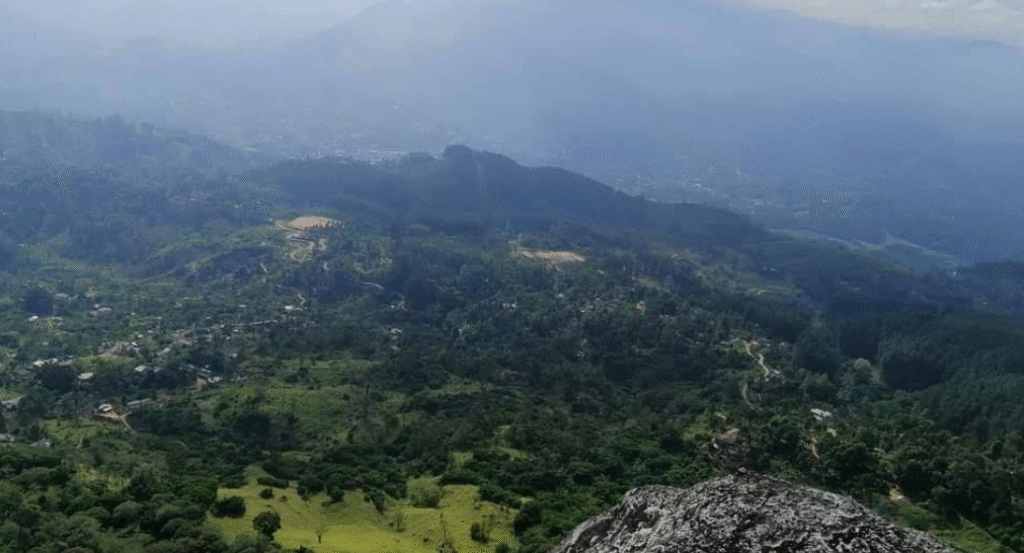
The following essay examines the natural, cultural, and recreational value of Kabaragala Mountain with emphasis on its role in ecotourism and the environment.
Geographical Significance
Kabaragala Mountain looms large in the Dolosbage area, a region well known for tea estates and misty mountains. Located about 25 kilometers from Nawalapitiya, Kabaragala is part of Sri Lanka’s central highlands, a UNESCO World Heritage site on account of its ecological and hydrological importance.
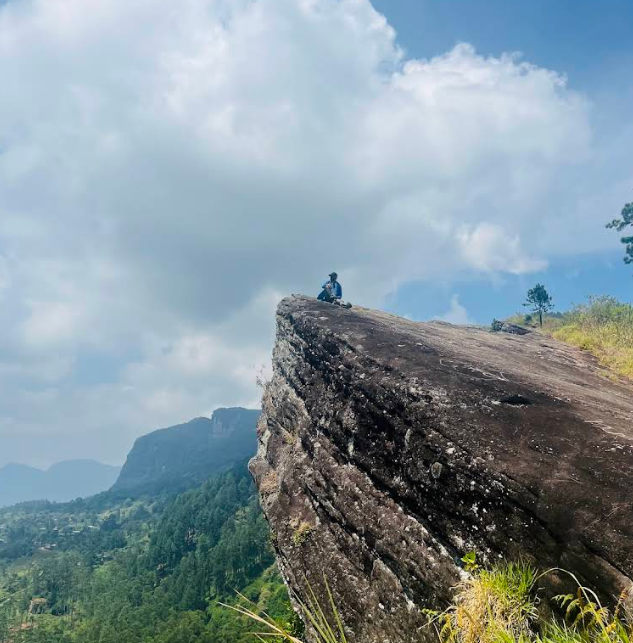
The mountain offers stunning 360-degree views from the summit. On a clear day, one can see the Kothmale Reservoir, Ambuluwawa Tower, Sri Pada (Adam’s Peak), and even the Knuckles Mountain Range. The terrain varies from tea plantations in the lower levels to pine forests and open grasslands in the higher levels. The variation in topography harbors a large degree of biodiversity and provides a welcome respite from the dark rainforests of the other parts of the central highlands.
Cultural and Historical Context
Though Kabaragala is neither religiously nor archaeologically important, it is of paramount importance to the cultural identity of the local communities. Its environs are predominantly occupied by tea estate workers and farming families. These communities have occupied the region for centuries, in harmony with the natural environment, cultivating tea, vegetables, and spices on the mountain slopes.
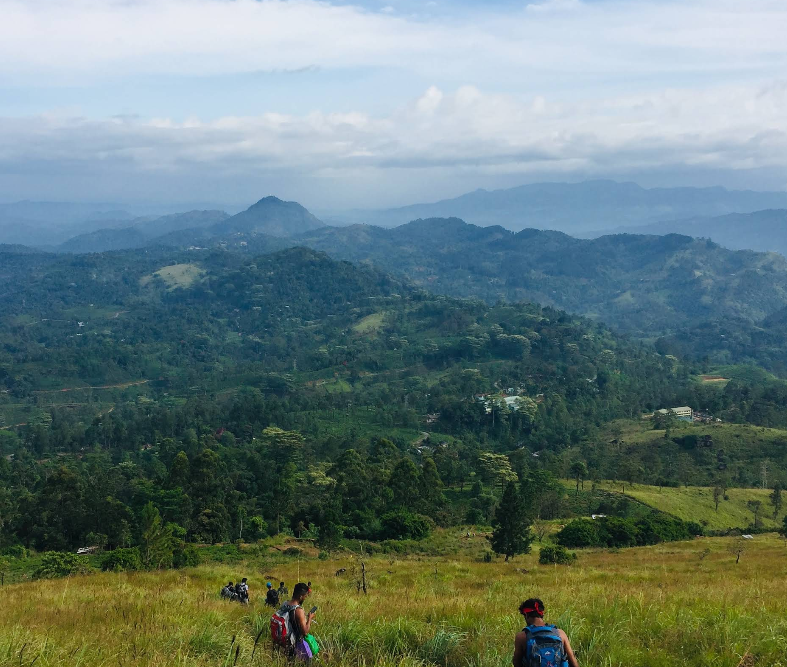
The region’s colonial history expresses itself in the well-maintained tea estates that blanket Kabaragala’s slopes. British planters originally set up the estates in the 19th century, and they continue to be significant contributors to Sri Lanka’s world-famous tea industry.
The derivation of the name “Kabaragala” is attributed to Sinhala, possibly meaning “rock with bones” or “stone of death,” although there are no definite sources that identify a particular origin with certainty. However, the name itself creates a sense of mystery and intrigue that adds to the mountain’s appeal.
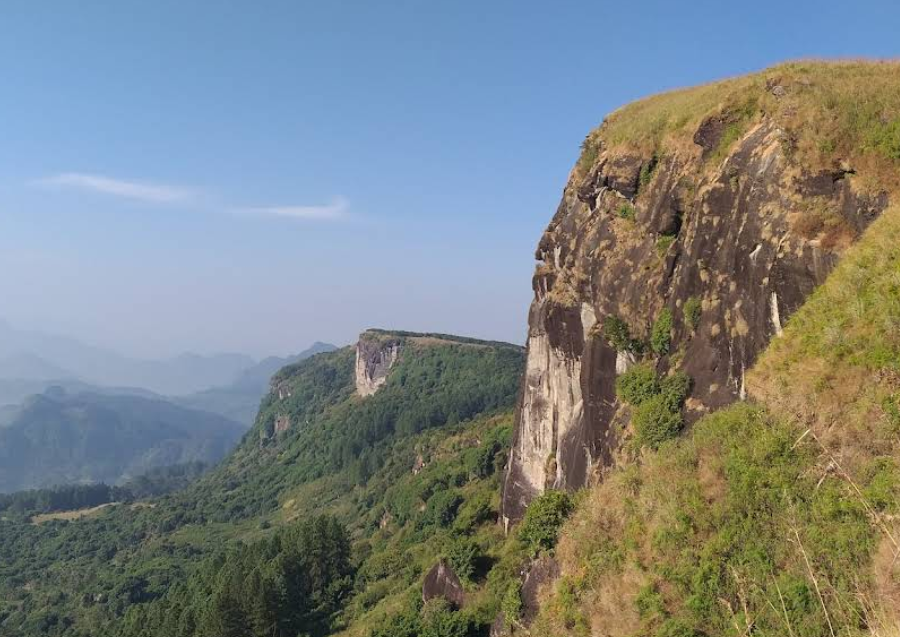
The Hiking Experience – Trail Overview
The trek to the summit of Kabaragala is a moderate to easy walk, and both beginners and professional hikers can attempt it. The most frequented starting point is the Maryville Junction in Dolosbage. The trail is around 3–4 kilometers long and will take around 2 to 3 hours to reach the summit.
The hike begins by passing through lush tea estates and then gradually transitions into pine forests. As one ascends, the air gets cooler, and the landscape opens up into rolling grasslands that lead to the summit. Along the way, hikers can enjoy spotting wildflowers, butterflies, and birds, making it a nature-rich journey.
Though the trail is not well marked, it’s fairly easy to follow. Local guides can be hired, though the trail can be traced with little navigation skill and offline maps.
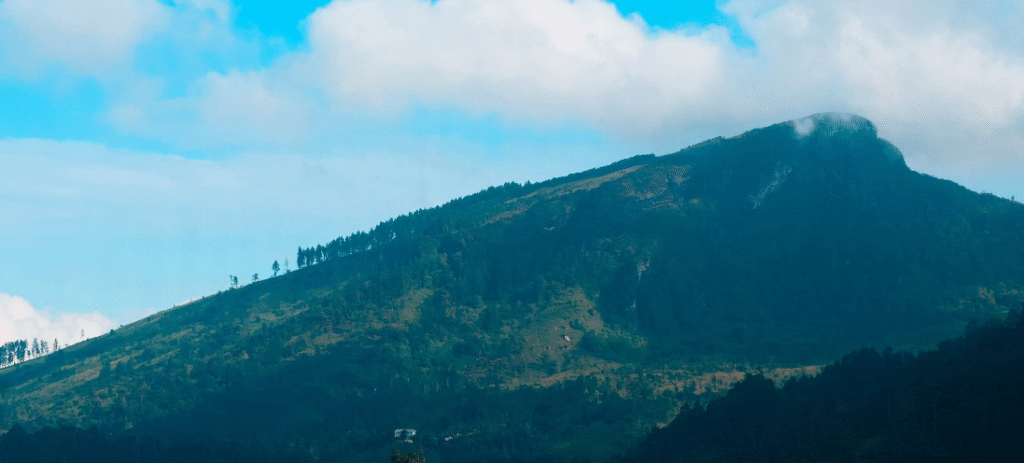
Camping and Scenic Views
Camping, especially among locals and nature lovers, is popular on Kabaragala. The summit is flat enough to set up tents and offers safe camping with picturesque views. The night sky on the mountain is generally clear, and the stargazing is excellent. In the morning, campers are rewarded with a breathtaking sunrise over the misty valleys below.
Critical camping tips are to bring sufficient water (there are no natural sources at the top), wear warm clothing due to low night-time temperatures, and carry all waste out to preserve the environment.
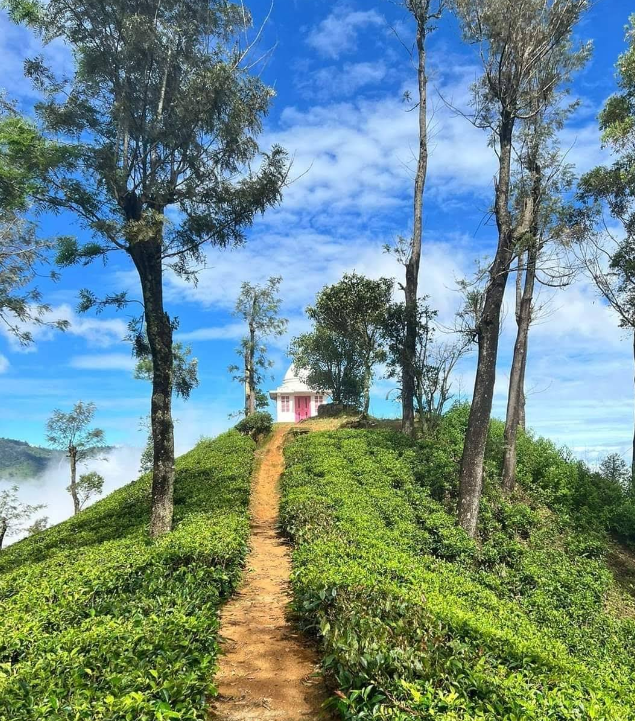
Biodiversity and Environmental Significance
Kabaragala is not just a hiker’s paradise—it is also a significant ecological zone. The mountain is located in a transition zone between the wet and dry climatic zones of Sri Lanka and consequently is home to diverse plant and animal life. Although not a declared wildlife sanctuary, the surrounding areas are home to:
Endemic birds like the Sri Lankan hanging parrot and yellow-eared bulbul ,Small mammals like mongoose and squirrels, Insects and butterflies with exotic and colorful species
The forest cover, though interspersed with plantations, is significant for catchment protection, nourishing rivers that supply water to the valleys below. The pine plantations, not being indigenous, are strictly managed so that soil loss due to erosion is contained and ecological balance is maintained.
Getting There and Travel Tips
How to Reach Kabaragala
From Colombo: Travel by train or bus to Nawalapitiya (approximately 3–4 hours), and then by bus or tuk-tuk to Dolosbage.
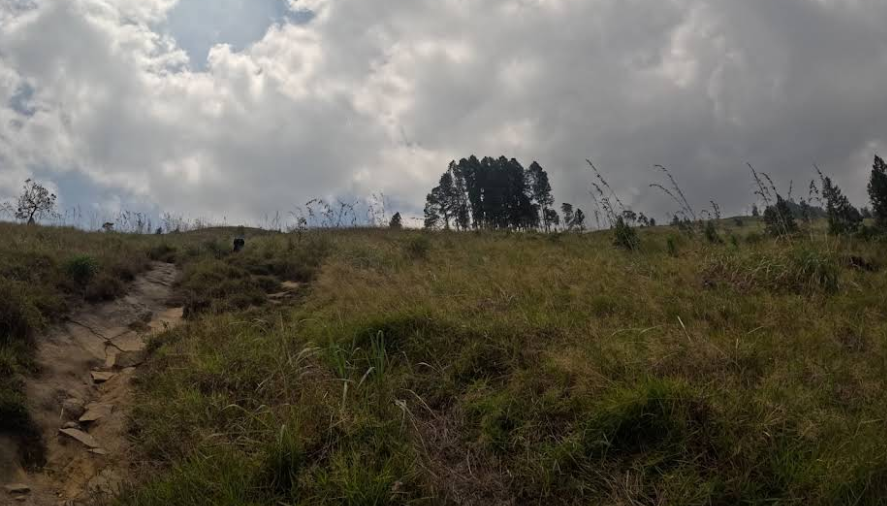
From Kandy: Approximately 25 km by road to Dolosbage via Gampola or Nawalapitiya.
After arriving in Dolosbage, the trailhead is within walking distance or a short tuk-tuk ride.
Best Time to Visit
Best months: December to March (dry season)
Avoid: May to September (heavy rainfall and leeches)
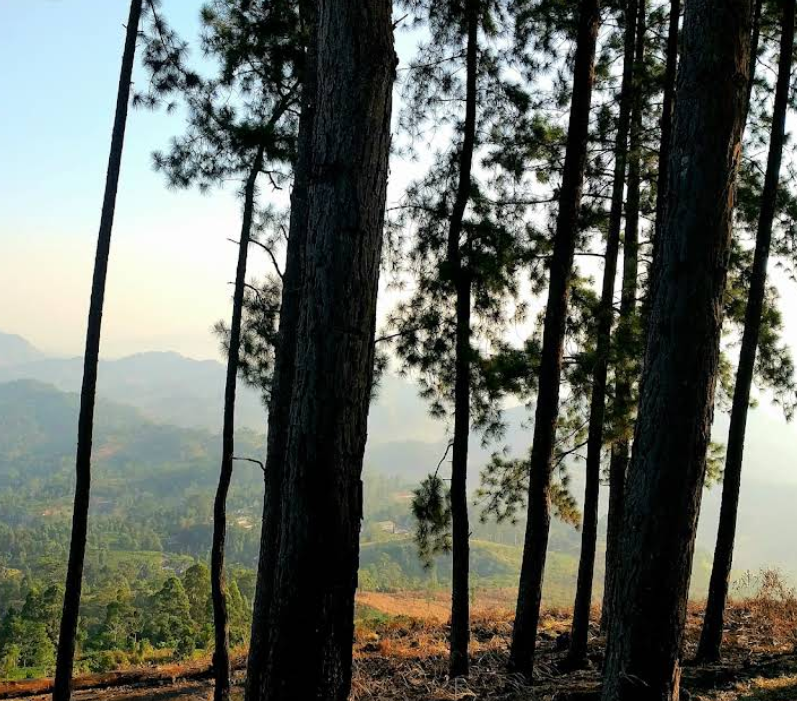
Bring a rain umbrella, hiking shoes with grip, a torch, and enough food and water for the visit.
Sustainable Tourism and Conservation
As Kabaragala becomes more popular, there is a need to promote responsible and sustainable tourism. Unlike over-commercialized places, Kabaragala is relatively undeveloped, and it is this uncooked state that attracts visitors.
Here’s how hikers and campers can help preserve the site: Leave No Trace: Take all trash back down, minimize plastic usage, and minimize the danger of fires.
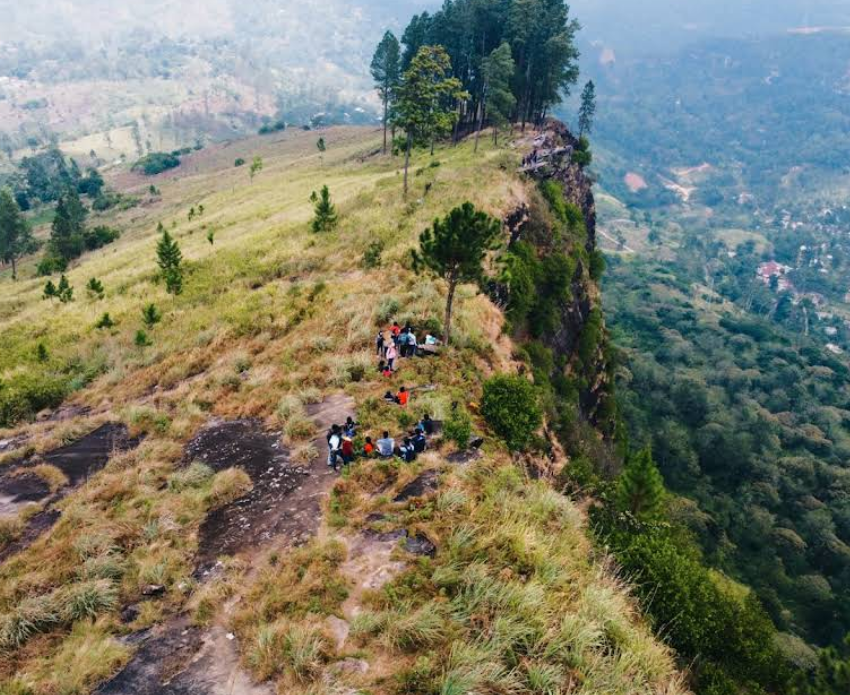
Respect local culture: Be respectful of local customs and property (especially in the area surrounding tea estates).
Support local economies: Hire local guides or buy snacks and supplies from local stores.
There are ongoing appeals being made by environmentalists and residents to make sections of the Dolosbage region a protected area in an effort to ensure long-term safeguarding of its fragile eco-systems.
The Kabaragala Mountain stands witness to Sri Lanka’s natural heritage, its panoramic views, its tranquil landscapes, and its close brush with the highland ecology. Its comparative ease of access, reasonably easy climbing path, and absence of commercialization make it a haven for those seeking solitude, inspiration, or an escape from city life. As more and more travelers discover this hidden gem, the urgent task becomes that of preserving its ecological as well as cultural integrity.
By adopting sustainable tourism and keeping its pristine state intact, we can make Kabaragala inspire future generations, continuing to be a beacon of natural beauty in the heart of Sri Lanka.
